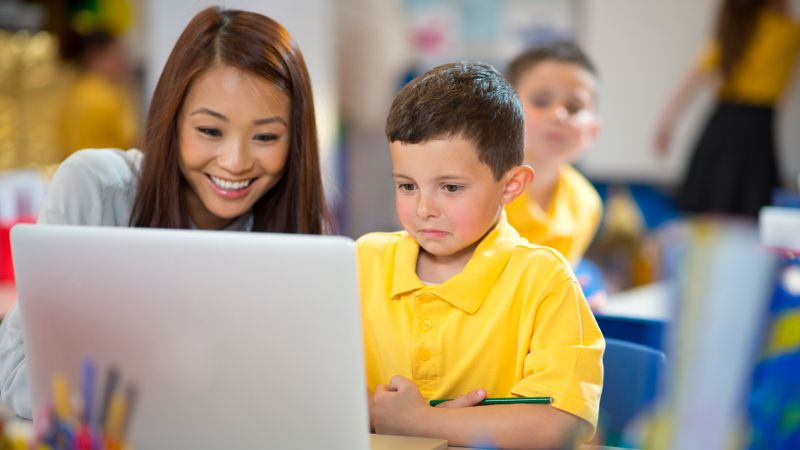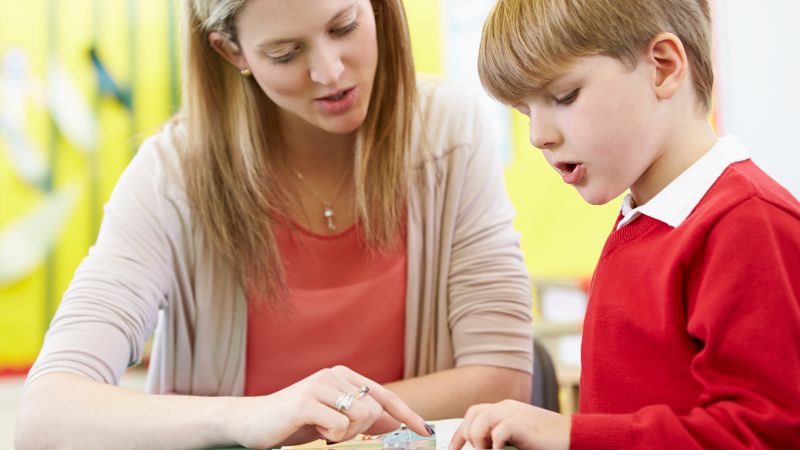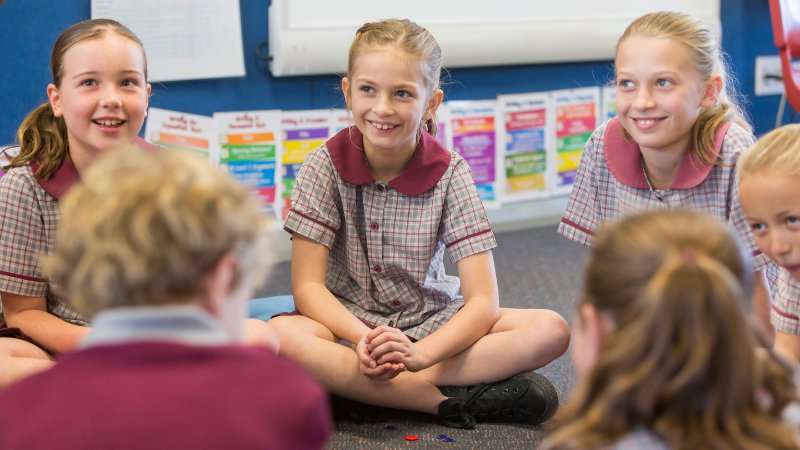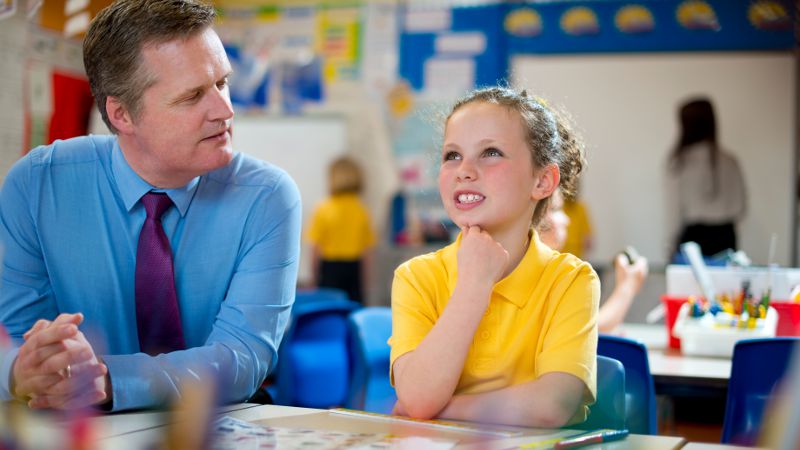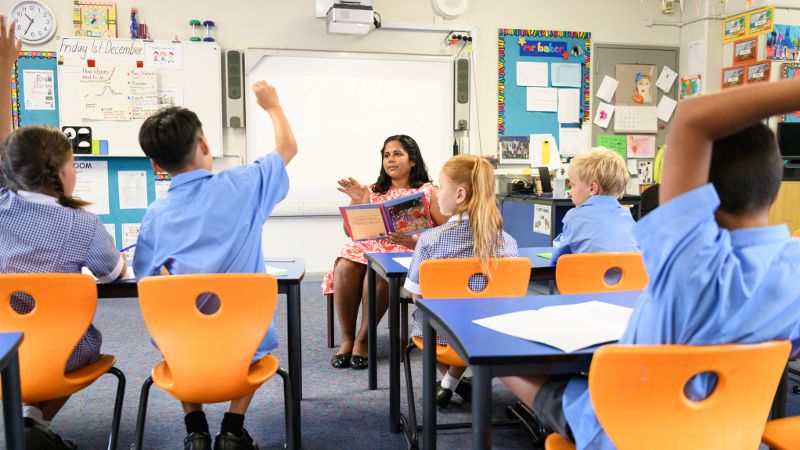
Discussion as a Teaching and Learning Strategy
A Guide for Classroom Teachers, Teacher Aides and School Managers
Discussions – an interactive activity where students talk with each other about a central topic, problem or concept (sometimes, but not always, to find a consensus or solution).

A discussion is the exchange of ideas by 2 or more people related to a central topic or problem. In the classroom setting, discussions mainly refer to whole-of-class activities facilitated or led by the teacher. Students may or may not be seeking an answer to a problem. Ideally, a classroom discussion consists mainly of student participation; the teacher merely facilitates and prompts students to keep the discussion flowing. Discussions are a great activity that add vibrancy, excitement, engagement, social interaction, reflection and introspection to the classroom dynamic. In a well-planned and executed discussion activity, students build on each other’s ideas and provide suggestions to each other. Discussions are similar to brainstorms in that students’ collective knowledge is pooled and shared for the benefit of the group. Many teachers use discussions as a formative assessment task – asking questions and posing ideas to check the current level of understanding.
In a well-planned and executed discussion activity, students build on each other’s ideas and provide suggestions to each other.
Students may need to learn how to participate in a discussion. This includes learning about the purpose of discussions, how to contribute and how to communicate their ideas effectively. Shy students need to learn how to ensure that they are heard. Loud students need to learn how to moderate their dominance. All students can learn how to engage in back-and-forth dialogue in a collegial manner. Students can also be taught how to appropriately reply to opinions and comments that they disagree with.
Finally, students can be taught how to ask thought-provoking questions to the class, such as ‘but if that is the case then why does…’ or ‘I agree but then what if … happens?’. One way to achieve this is to show students short clips of people engaged in respectful discussions and disagreements followed by a few questions and a hopefully a short class discussion. Allocating 5-10 minutes to teach these interpersonal skills is time well spent.
It’s important for teachers to consider the following when planning a discussion:
- Will it be a whole-of-class activity or small group?
- How long will it go for?
- How much will you contribute during the discussion?
- What will it be based around (for example, questions, issues, concepts, ideas, case studies, etc.)?
- What is the point of the discussion? How does it help students meet their goals?
Hint: visualise what you want the discussion to look like and plan to achieve that image. Following the discussion, spend a couple of minutes thinking about how it went and how you could improve the process next time.
Once these questions have been answered, the planning phase can begin. Small group discussions are the easiest. They usually involve dividing learners into groups of 3-5 and providing 1 or more questions or topics to discuss. Discussion topics should not be too specific or too broad. Advise students if a solution is expected or if multiple answers are acceptable. Each group can be asked to present their ideas to the class. Consider the amount of time given for small-group discussions: an exact timeframe (such as 4 minutes) is better than an open-ended timeframe. A sand timer adds a sense of drama. Group discussions are often combined with a graphic organiser of some kind such as a brainstorm or jigsaw template (a large piece of paper that each group adds to).
Hint: class discussions can be as short as a few minutes or as long as an entire lesson.
Whole class discussions are much more challenging. Begin by outlining the purpose of the discussion, such as ‘today I want us to talk about… and there are 3 key questions that we need to answer…’. Setting clear expectations is also important – ‘I hope everyone has at least 2-3 things to say. Please be respectful and don’t interrupt each other – hands up to speak and I will point at you when it is your turn.’ While some discussions naturally flow, others are hard to get going. A simple technique to encourage free flowing discussions is as follows:
- Pose a question.
- Ask for a response (and wait for it).
- Bounce to the next student (‘what do you think Peter?’).
- Continue bouncing for 4-6 students.
- Pose another question.
Remember to praise any student’s attempt to take part in the discussion. This will encourage future participation. At the end of the discussion, spend time reviewing the activity with your students. Ask your students how they think they went, whether they think they contributed enough and how they could do better next time.
















